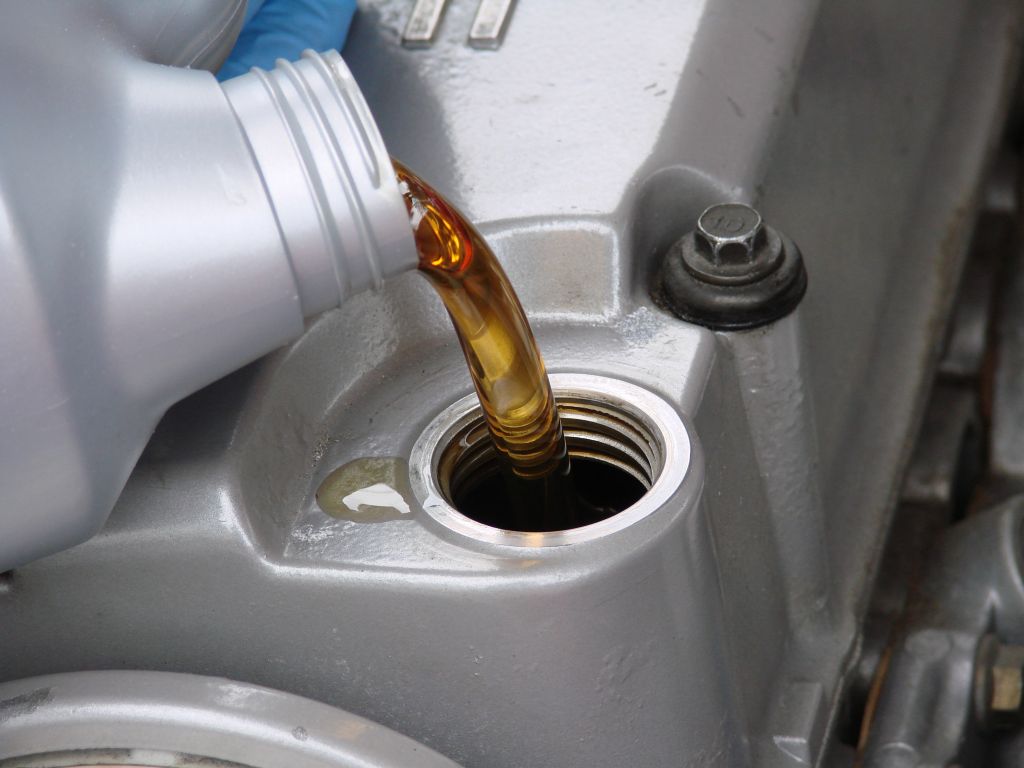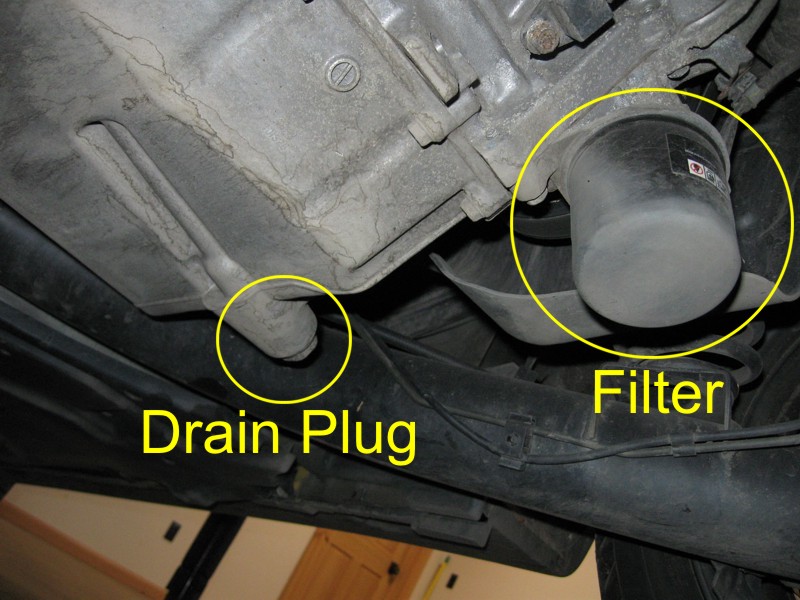How to – Change your Oil
(Guide to changing your oil is about half way down the page)
I have often, when talking to friends made the comparison of a car to the human body, usually when trying to explain something about a car and using the human body to help them relate to what I am trying to explain.
Your air intake allows the car to breath – it responds better to lots of cool air. It’s notably more difficult to breath in thicker hotter air right?
Your car needs water otherwise it de-hydrates and overheats.
It needs food (petrol)
It has brain – Its ECU, which is adaptable to get the best out of the car
It’s shoes wear down – Tyres (and brakes)
It has an Exo and Endo Skeleton – Panels, Chassis, and suspension for legs!
Most importantly – Oil is not dissimilar to the blood that flows through your veins, it lubricates all the moving parts in the engine – Fundamental to the car running properly and like blood types – you car needs specific oil.
The technical bit:
Different oils have a different thickness and this is also known as ‘viscosity’ – For example, a viscosity rating on a bottle of oil might be written as 5w30.
The ‘5w’ refers to the thickness of the oil while the engine is cold – generally the lower the number the better.
The ‘30′ refers to the thickness of the oil at operating temperature. The lower the number, the more efficiently your car will run.
Your vehicle will have a preferred oil type – Halfords etc will be able to tell you this if you need, there are plenty of website that can point you in the right direction too.
Other types of oil:
As well as looking at viscosity, you’ll also need to know about the different types of oil that are available:
Mineral oil – basic protection for older cars.
Part synthetic oil – a good in-between oil – favourite for general cars
Fully synthetic oil – the ultimate in engine protection – favoured in high performance cars.
When must I change my engine Oil?
Manufacturers typically recommend that you change engine oil at least once every 7500 miles – this is based upon optimum driving conditions.
However, if you do a lot of stop-and-go driving in city or rush-hour traffic, make a lot of short trips each day and leave the car parked long enough to have your engine cool down between them and don’t often get up to high speeds on a highway, then we’ d recommend that you change the oil as often 3,000 – 5,000 miles on older or performance vehicles.
On new vehicles, follow the manufacturers’ recommendations.
In conclusion new vehicles can run longer on the same oil than older ones can and improvements in motor oil have extended its efficiency over longer periods of time, to be on the safe side, you might want to change your oil every 5,000 miles or every six months – which is what I aim for.
So with this in mind, it would be worth knowing how to change the oil on your car personally. Its surprisingly quick and easy, minimal tools and parts required and saves you money in the long run.
Changing the Oil:
Is really quite easy when you know how:
A small number of parts/tools and about 30-60mins of your time – maximum.
Tools: 17mm Spanner – Something to remove the Oil Filter* & A Drain Pan to collect old oil.
*Special tools are available from all vehicle part suppliers although, I have used a “jar lid opener” or a screwdriver or by hand.
*You will need to dispose of the oil correctly – a local garage should be happy to do so for you.
Parts Required: Oil 5-6 litres, New Oil Filter, Sump Plug Washer (Magnetic), Funnel.
Step 1:
Jack the car up and find your oil filter and sump bolt – the two will be close by each other.
Whilst using a container, placed directly under the oil filter – twist and remove the oil filter and allow oil to drain from here first.
Wait until oil has drained completely.
Step 2:
Carefully aligning the container with the sump bolt, slowly start to undo this with your 17mm spanner. Both the Sump Bolt and Oil Filter should not be too tight.
once undone the bolt will drop out (probably into your container of oil below and the oil will gush out of the hole. Again allow to drain completely. Find the bolt and washer!
Step 3:
Ok so all the old oil is out, remove the old washer from the bolt and use the new washer, bolt it back into the sump and then with your new oil filter, carefully run a layer of fresh oil over the rubber gasket that will mate to your engine block and screw this into place. The oil filter should be tightened by hand – the bolt can be tightened using the 17mm spanner again – Neither need to be overly tightened.
You’ll be glad to know the remaining steps can be done standing up!
Step 4:
Remove your dipstick and undo your oil cap. Place your funnel into the hole left when removing the oil cap and pour in your new oil.
As you get about half way through the bottle of oil I would just keep checking the oil levels, using the dipstick to see how close you are to the limit of the car. All dipsticks have a low and high marker – you are aiming for between the two.
Final Stage:
Tidy Up – dipstick back in, oil filler cap back on, check underneath the car to make sure there is no oil leaking from the areas you have been working on.
Dispose of Oil. By this stage you should have container full of murky black oil, an empty bottle from the new oil you have just put in the car and a funnel – use them.
I refill the empty oil bottle with my old oil and ask my local garage very nicely to dispose of for me.
With practice you can do this whole process in about 20 minutes.
Cup of tea and a pat on the back – Job well done…remember to keep an eye on oil levels, especially if driving long distances or driving your car hard.
Call us for a quote – 03303 331251























